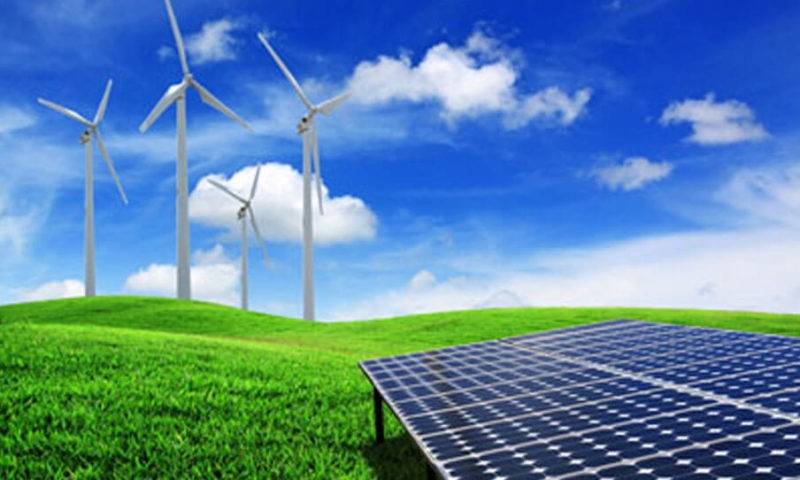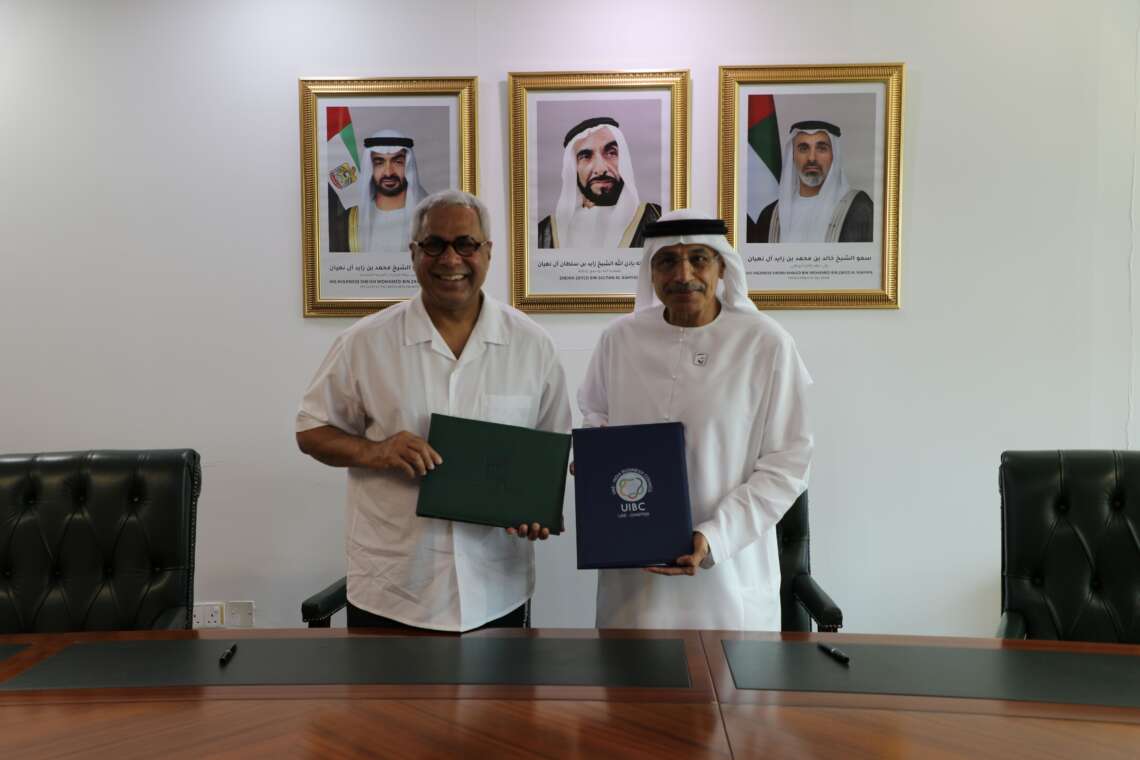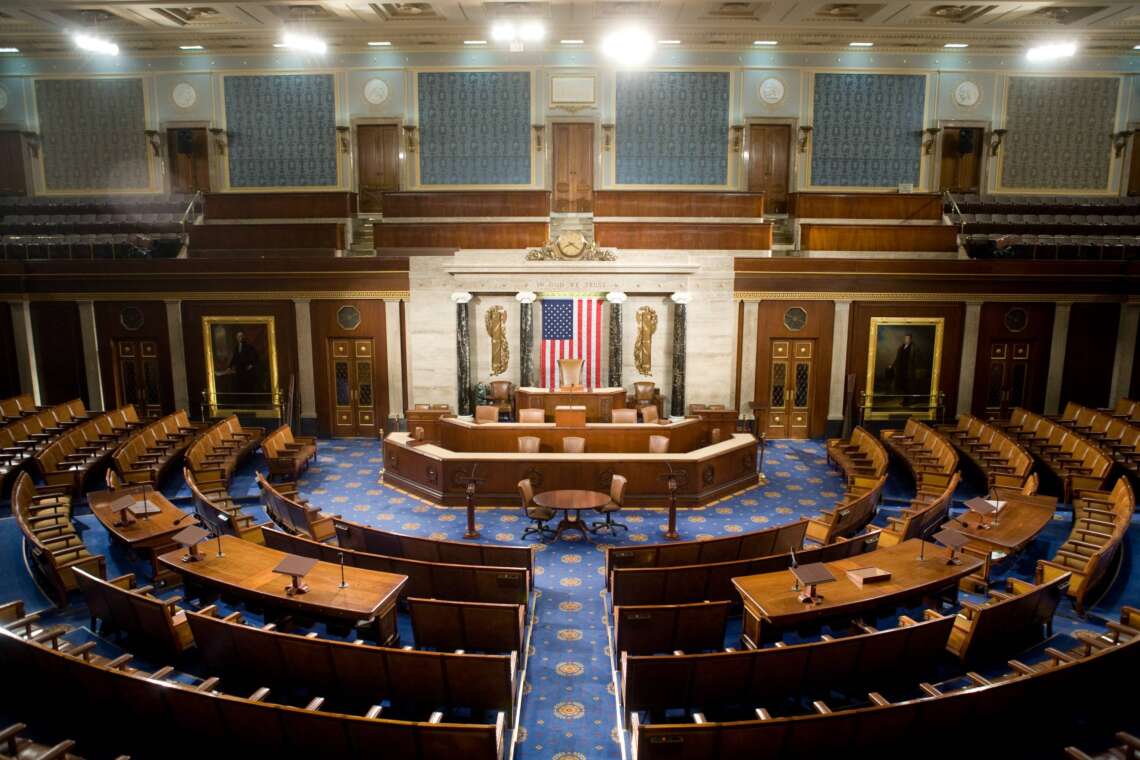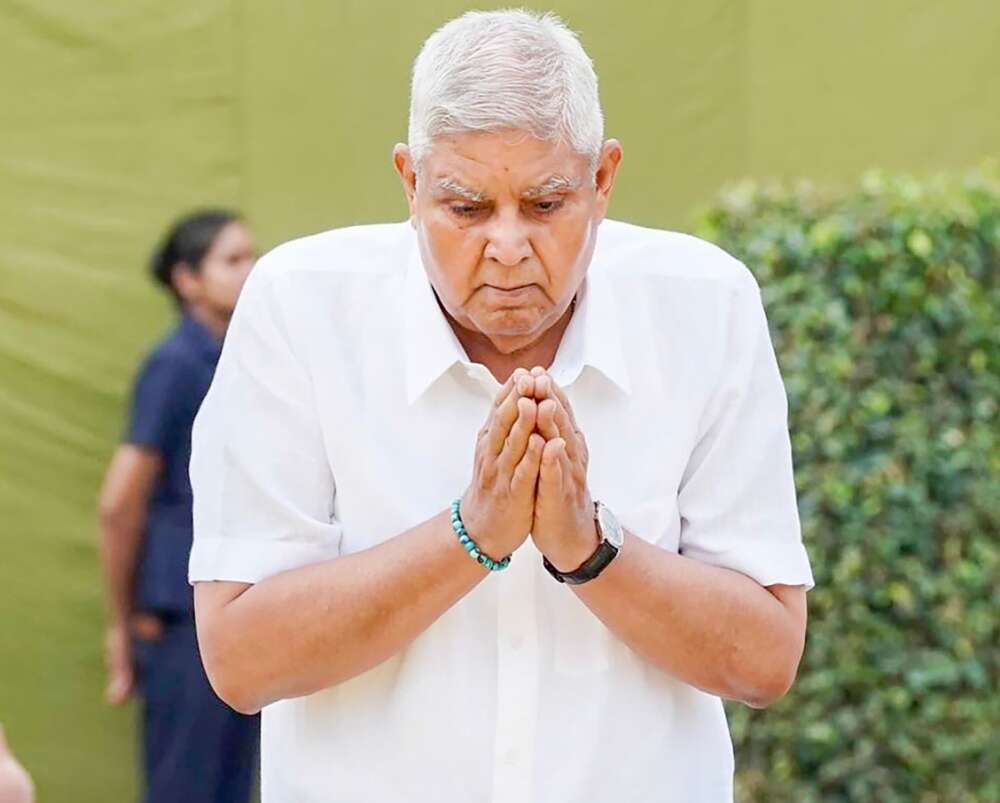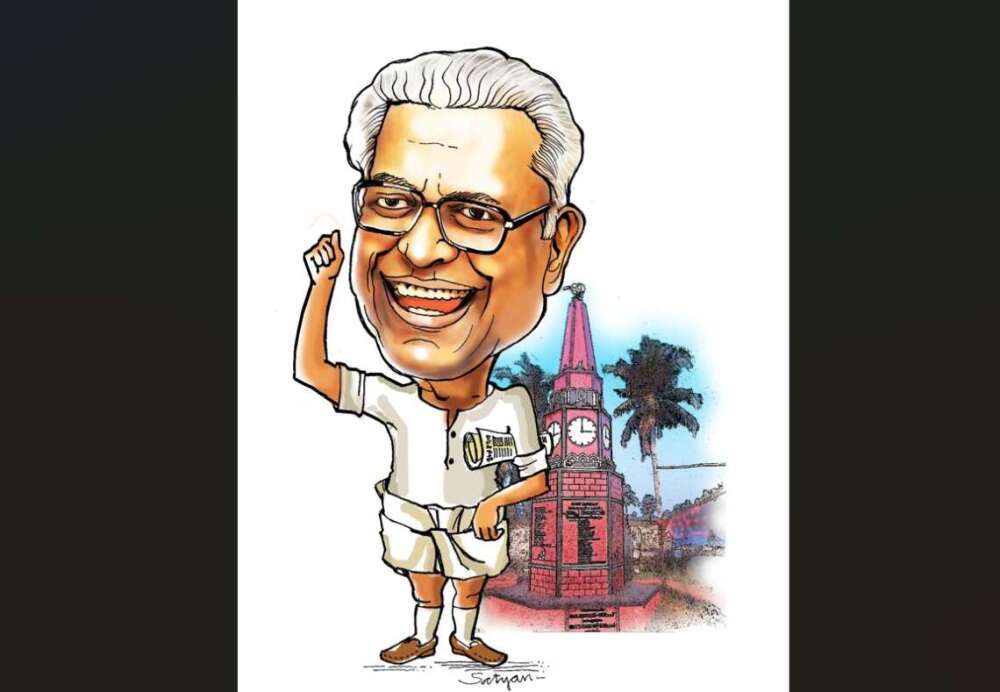India’s total renewable energy installed capacity recorded a robust double-digit growth of 15.84 per cent to touch 209.44 GW…reports Asian Lite News
India is projected to see a five-fold growth in green investments to Rs 31 lakh crore between 2025 and 2030, a Crisil report showed on Wednesday.
Of the Rs 31 lakh crore investments, Rs 19 lakh crore is seen going into renewable energy and storage, Rs 4.1 lakh crore into transport and automotive sectors and Rs 3.3 lakh crore into oil and gas, according to the report presented at the Crisil’s ‘India Infrastructure Conclave 2025’ in the national capital.
This is a crucial part of an estimated $10 trillion investments needed through 2070 to achieve the country’s net-zero goals as per the Updated First Nationally Determined Contribution (NDC) under the Paris Agreement.
Among India’s key NDC commitments are a 45 per cent reduction in the carbon intensity of its gross domestic product (GDP) by 2030 from 2005 levels, and an increase in the share of cumulative installed power capacity from non-fossil-fuel-based energy resources to 50 per cent.
“As the fastest-growing large economy over the medium term, India has a window of opportunity to balance its developmental and environmental aspirations and priorities,” said Amish Mehta, Managing Director and CEO, Crisil.
Based on the plans announced by the government and corporates, and progress on the ground, “we estimate Rs 31 lakh crore of green investments through 2030,” he added.
India’s total renewable energy installed capacity recorded a robust double-digit growth of 15.84 per cent to touch 209.44 GW, as of December 2024, from 180.80 GW in December 2023.
The total capacity added during 2024 amounted to 28.64 GW, representing a significant year-on-year increase of 119.46 per cent compared to the 13.05 GW added in 2023, according to the latest government data.
According to the report, for established technologies with relatively lower risk profile, such as solar power, wind power and two-wheeler EVs, there is adequate debt finance available through banks, sector-focused development finance institutions and bond markets.
However, for relatively high-risk projects such as green hydrogen, CCUS (carbon capture, utilisation and storage), energy storage and other emerging technologies, government grants and incentives will hold the key in improving project viability, it noted.
ALSO READ: Tamil Pride Finds Voice in US House


